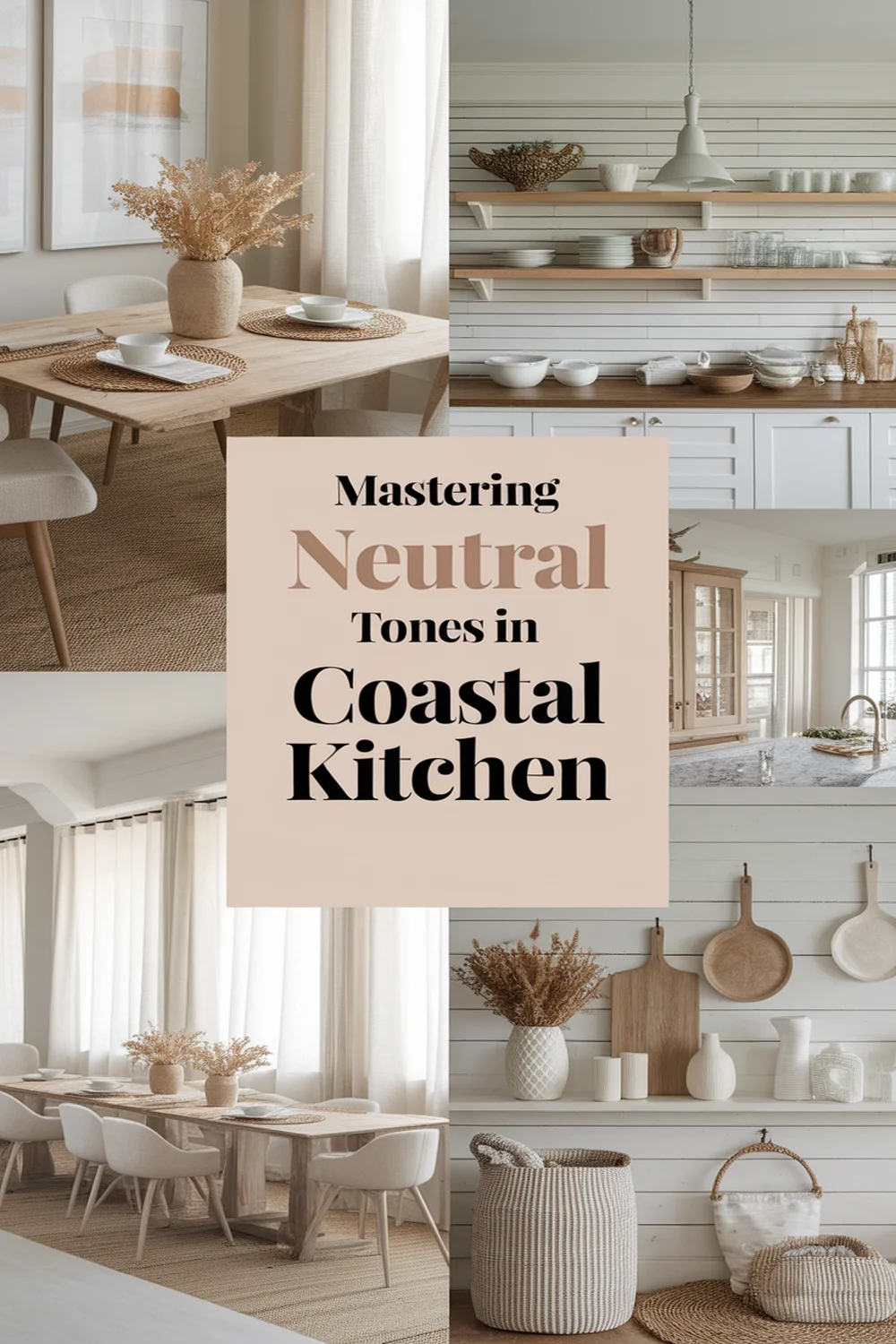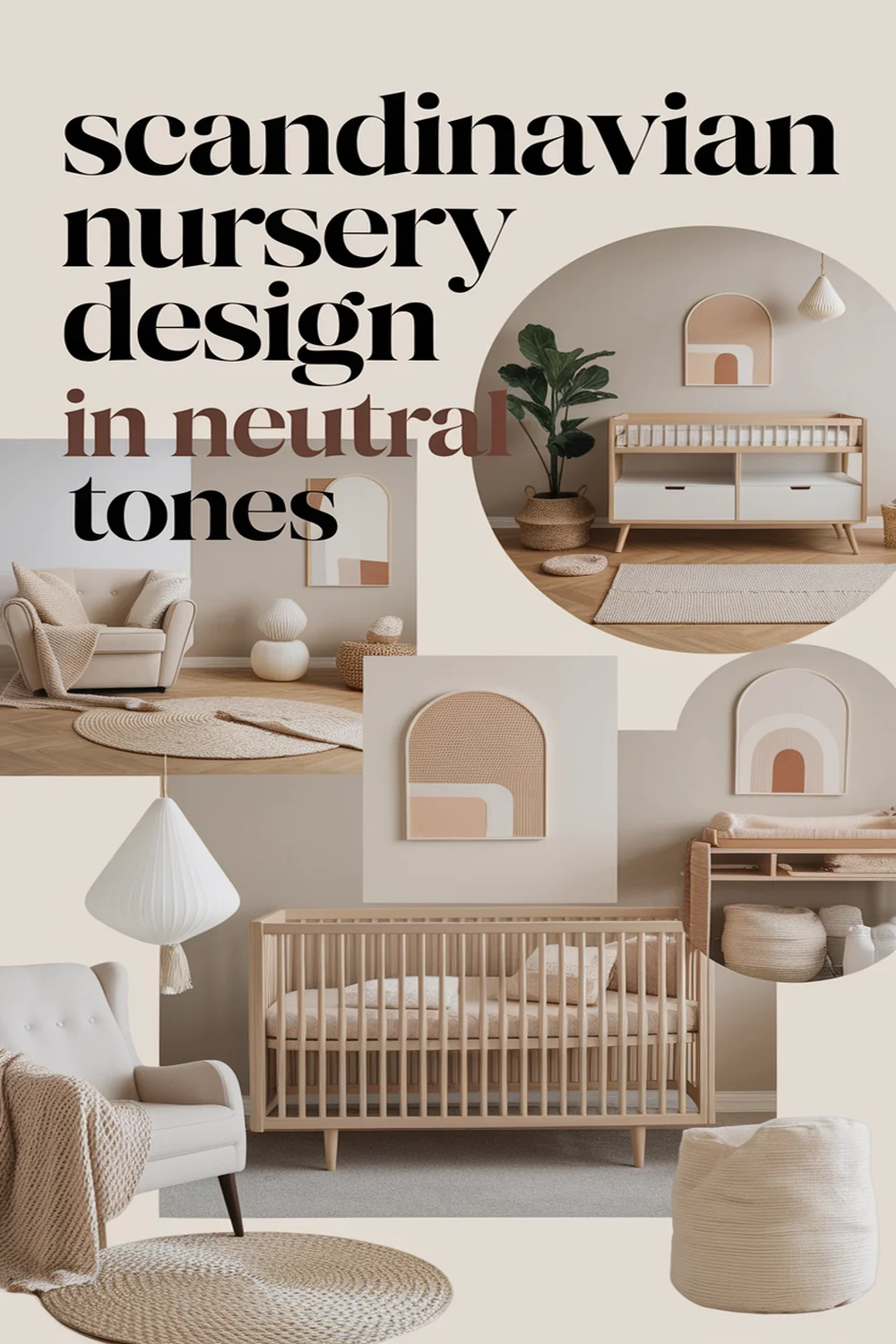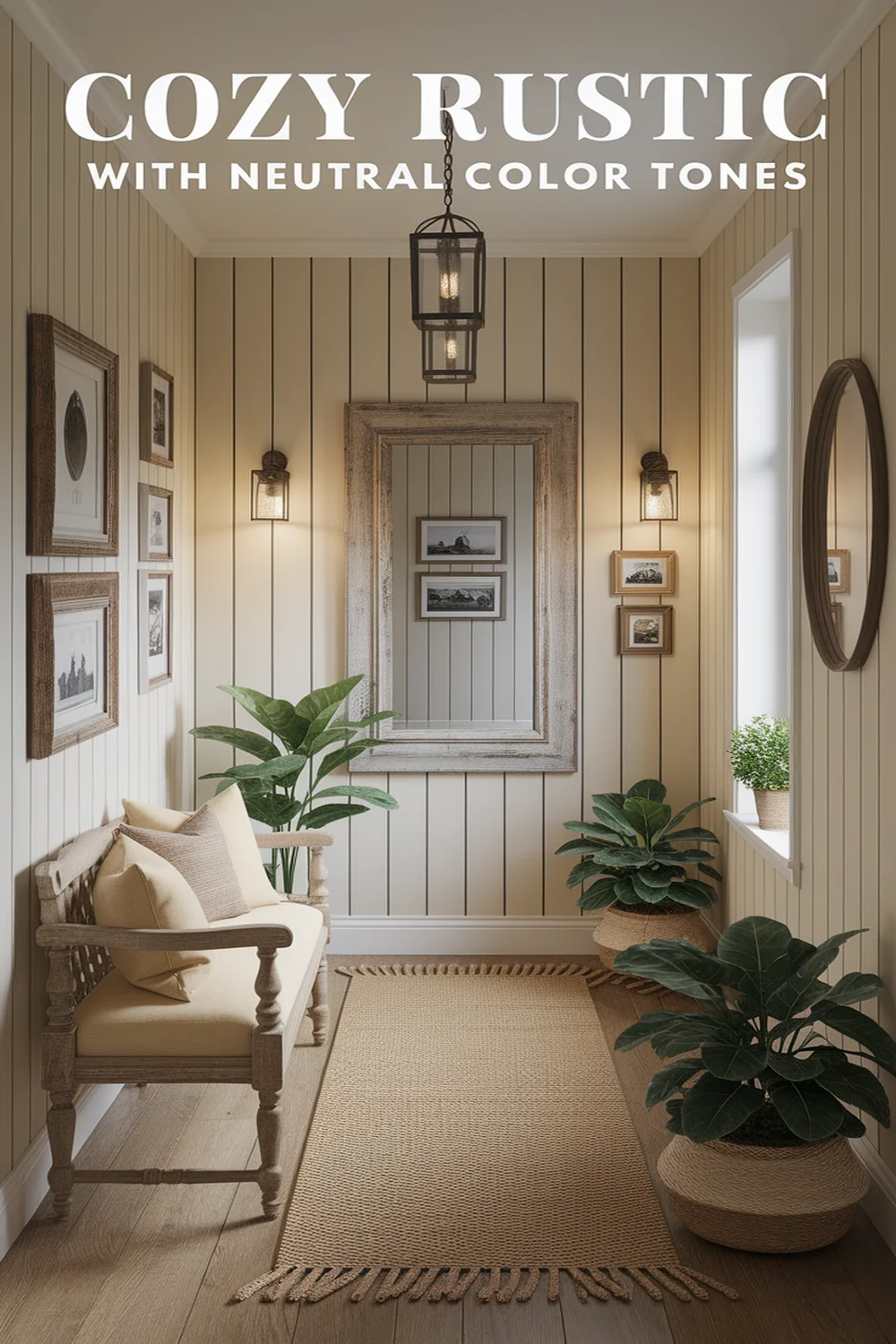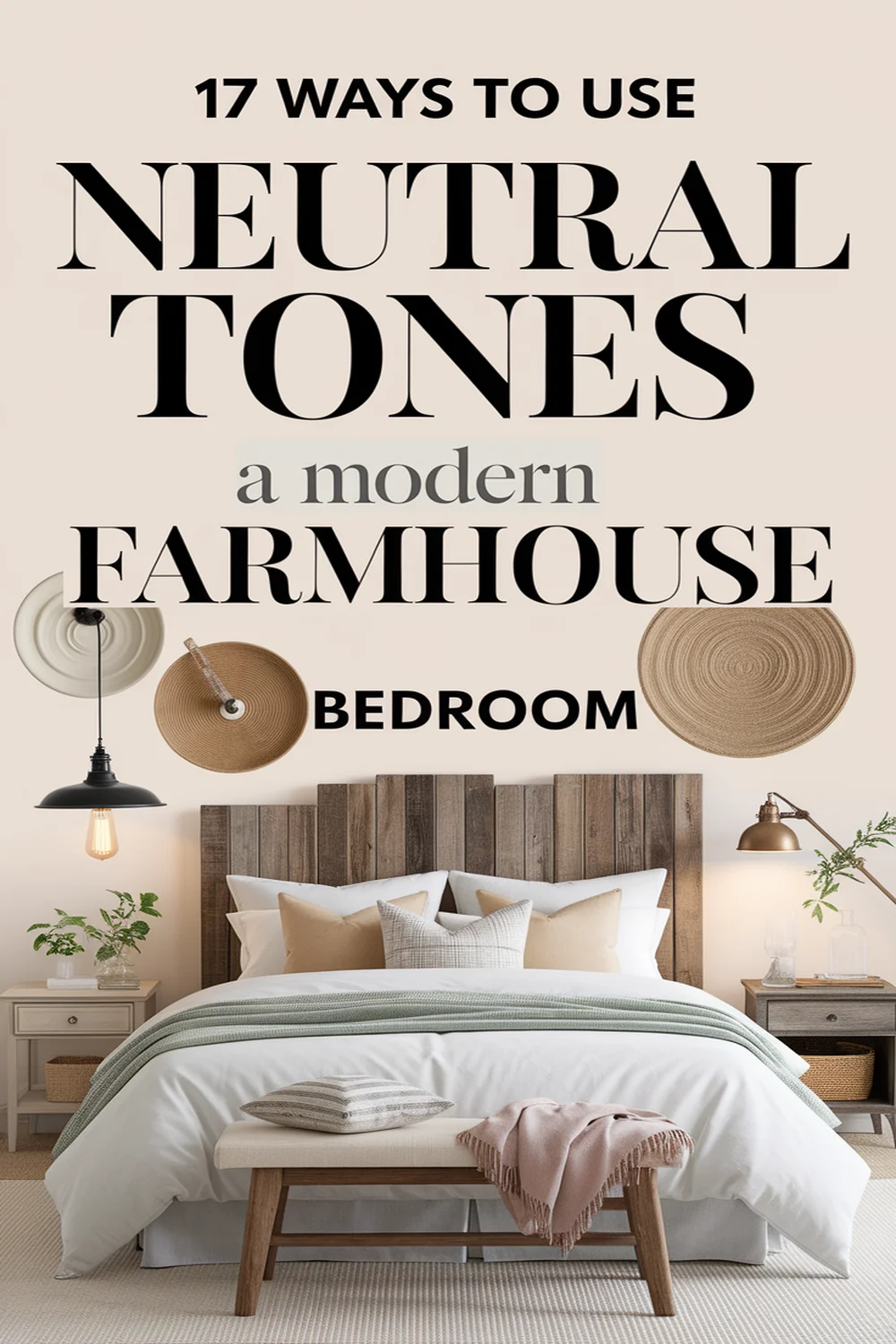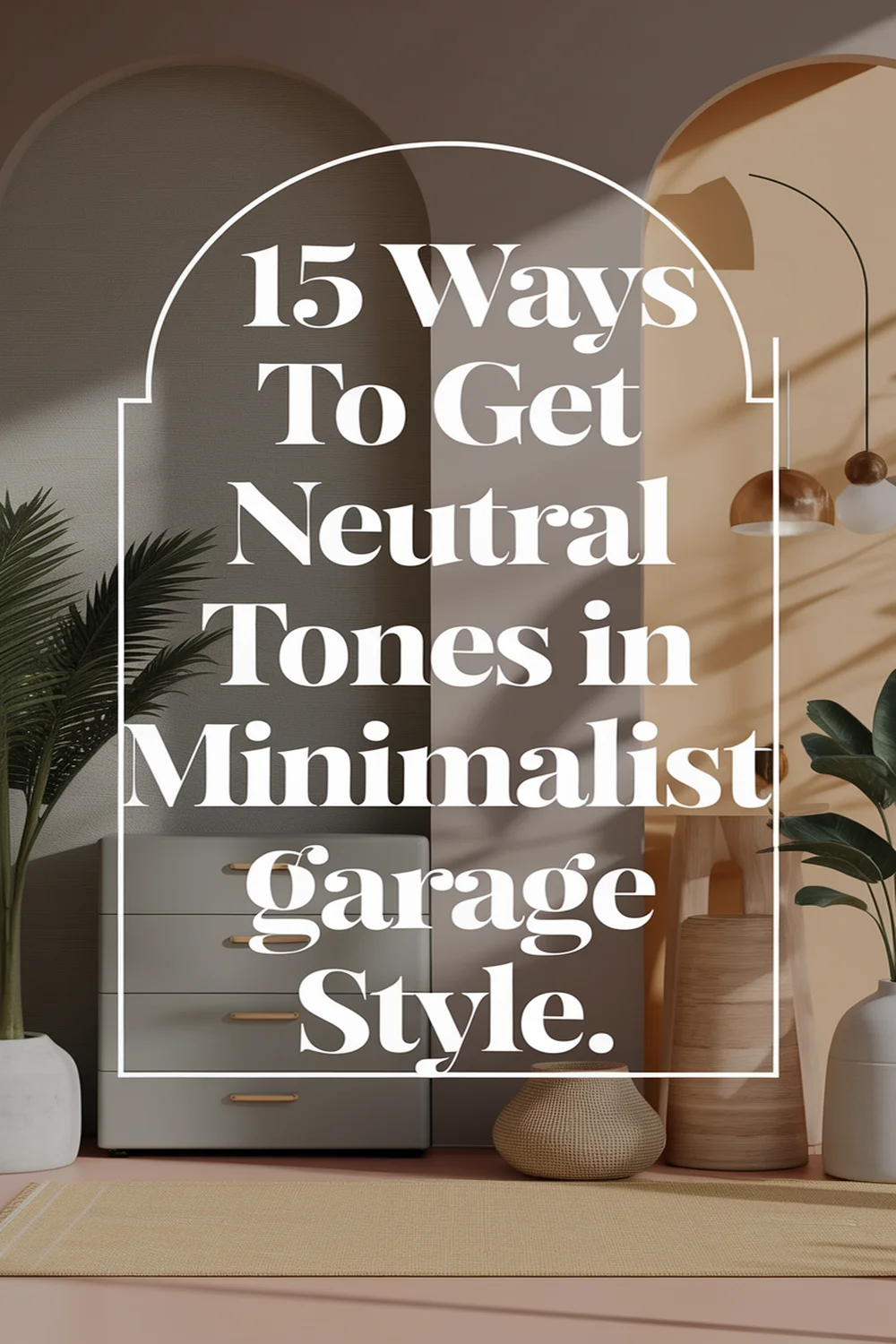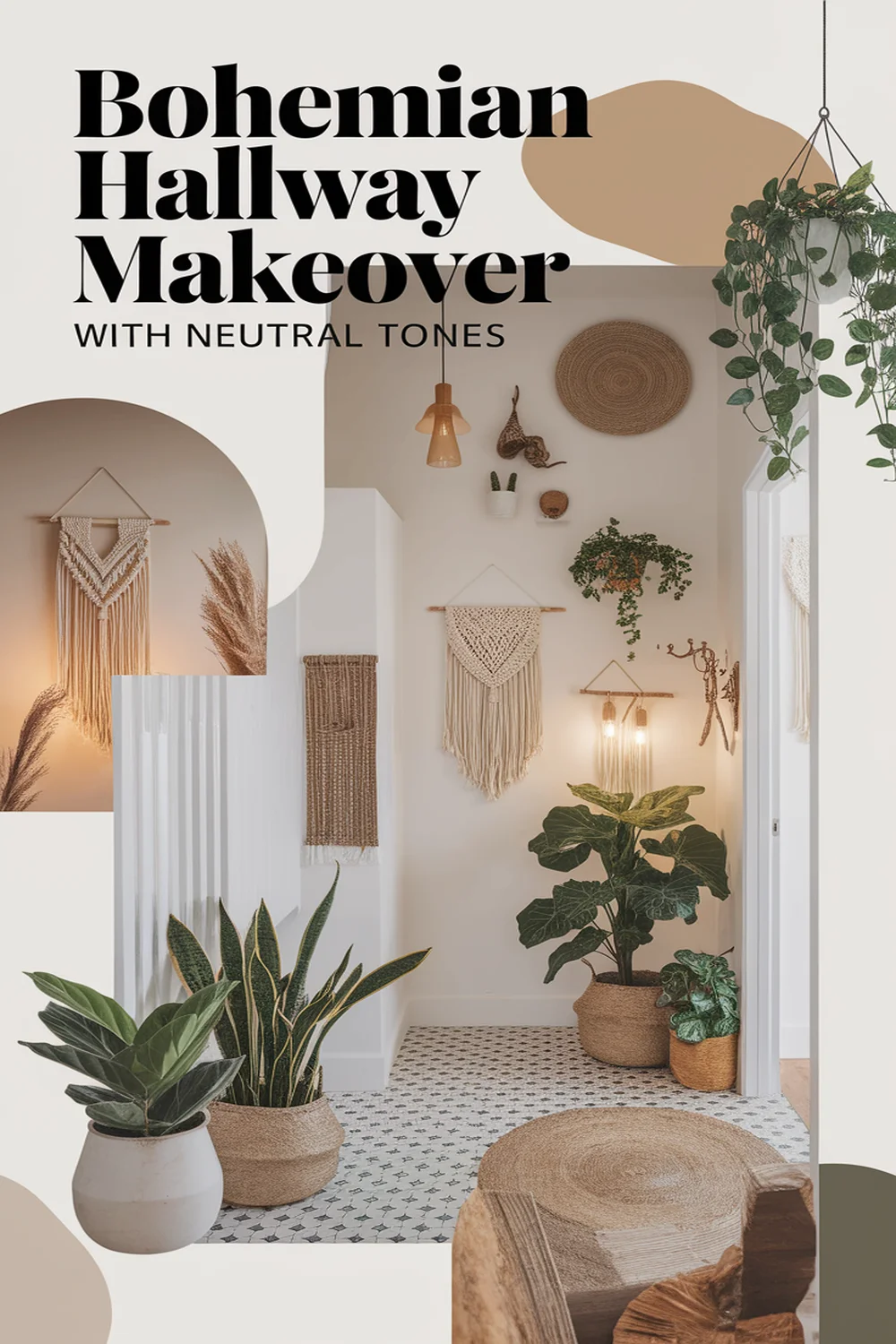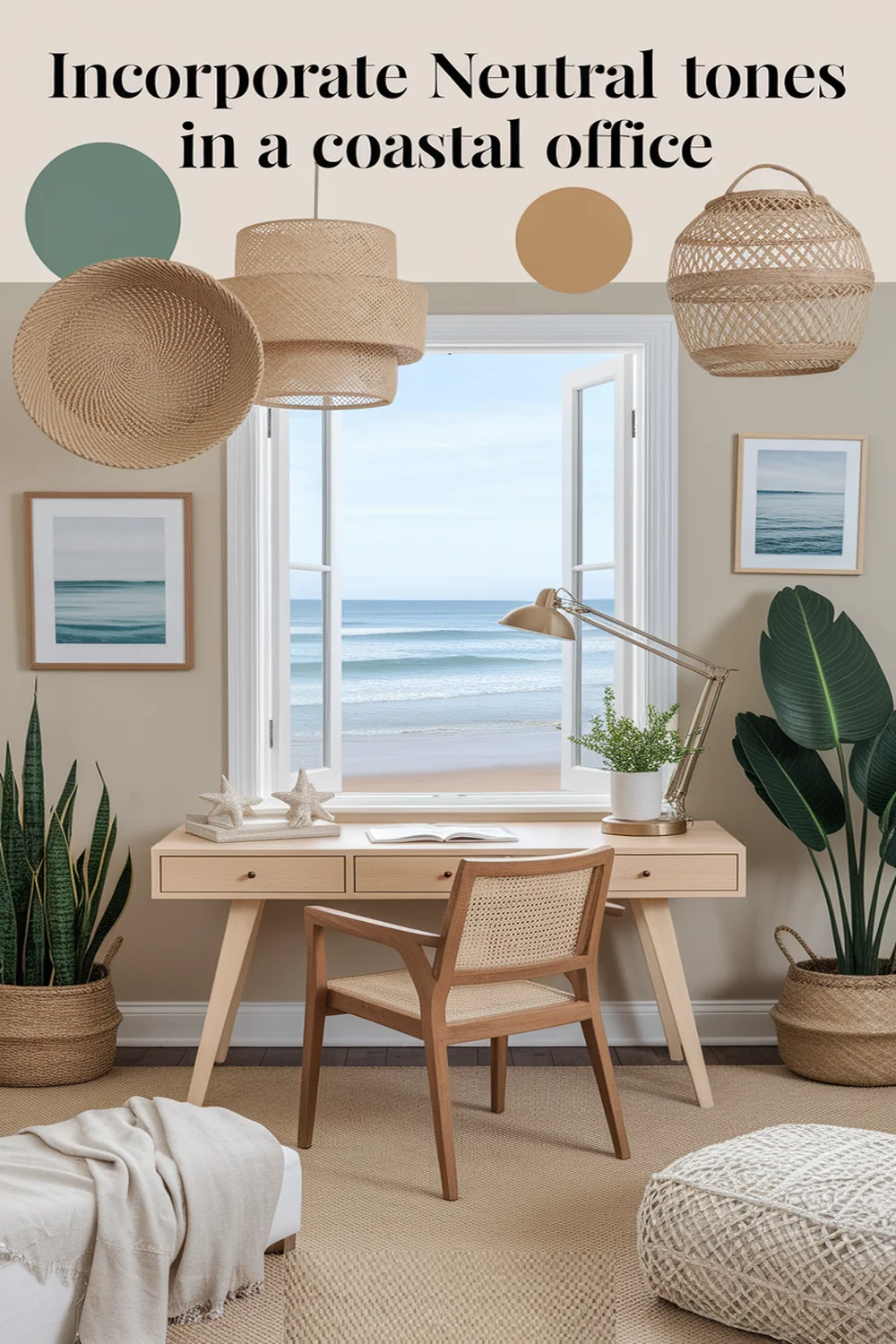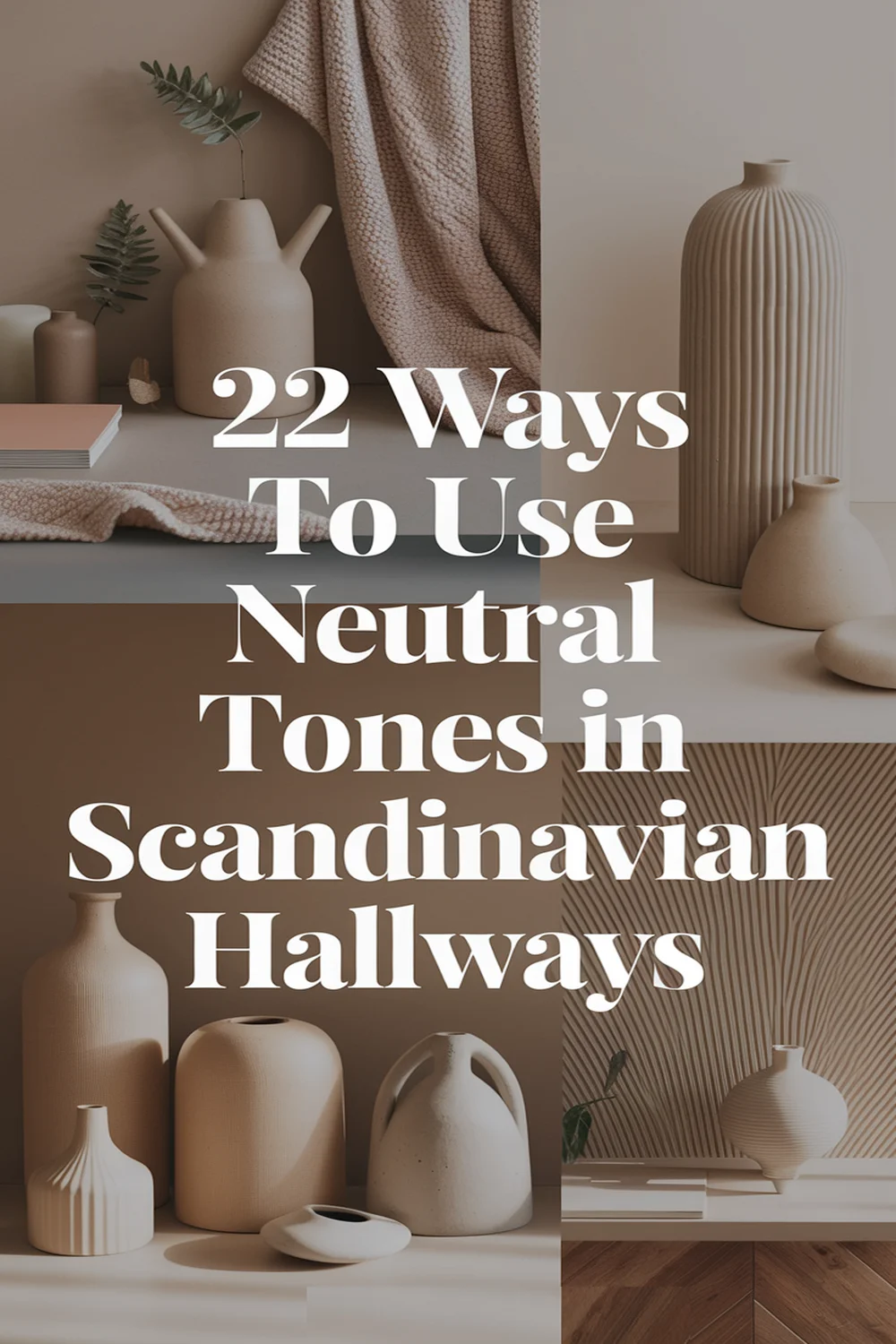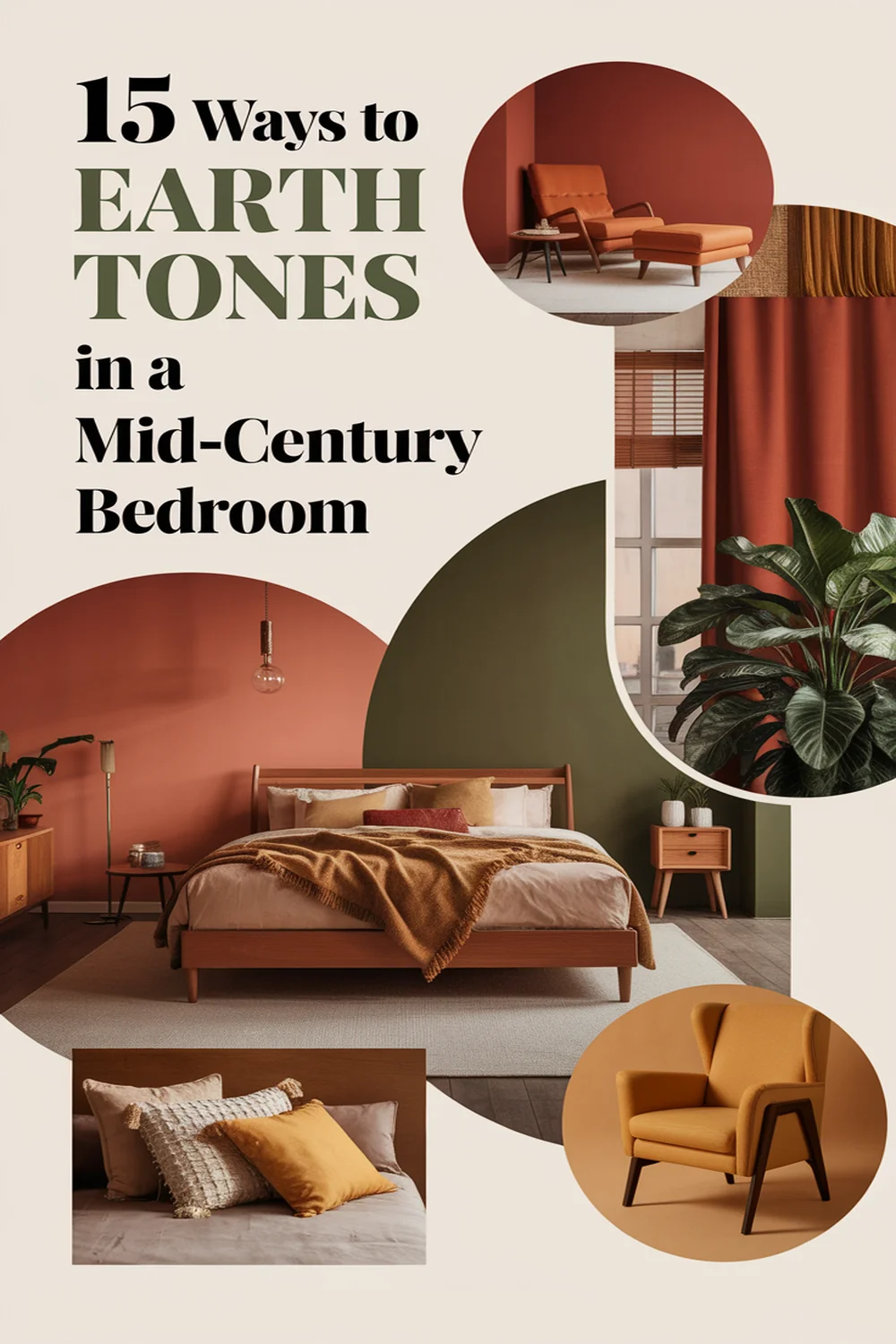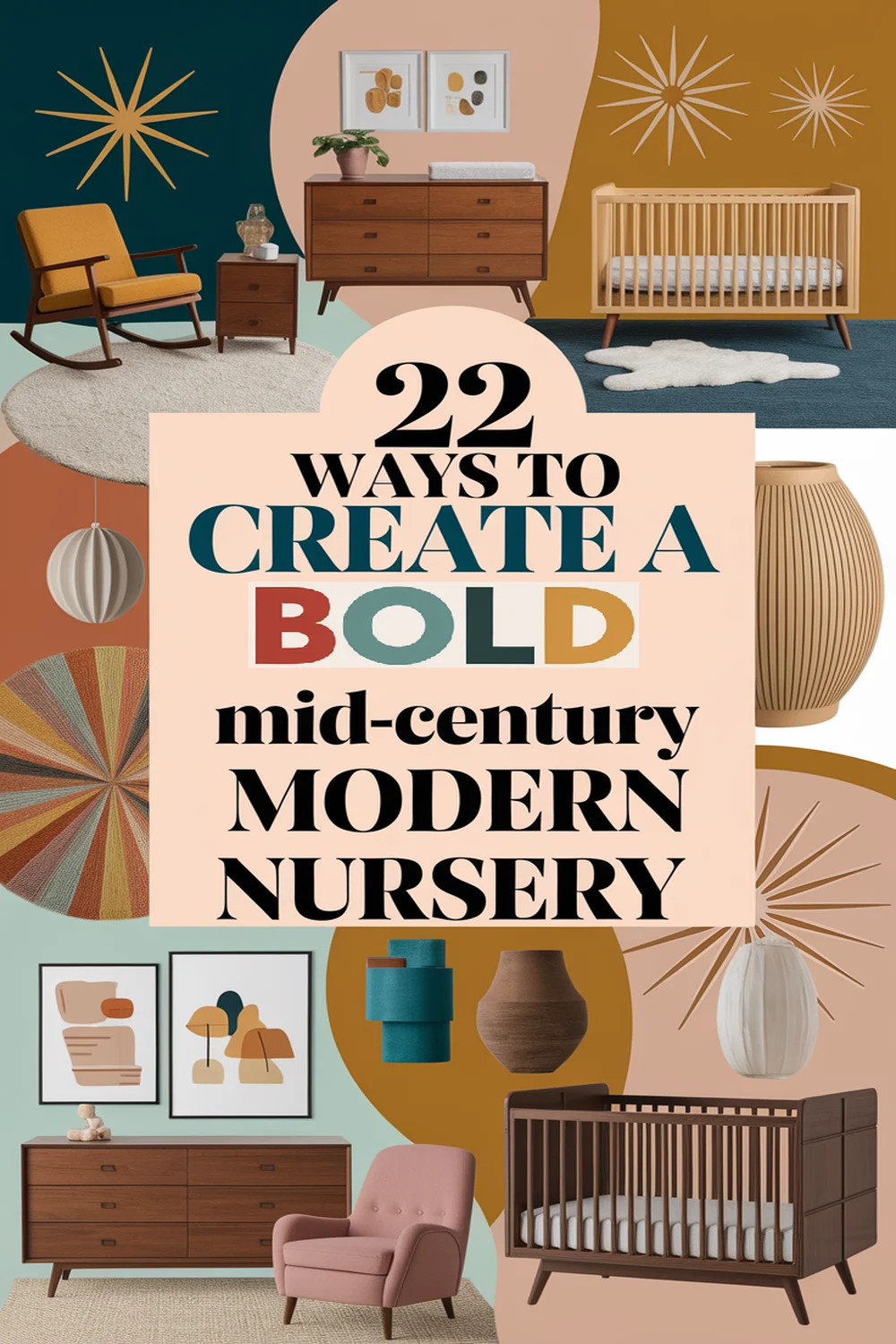This post may contain affiliate links. Please read our policy page.
To master neutral tones in a coastal kitchen, I focus on blending soft beiges, gentle grays, and crisp whites that mimic the beautiful shoreline. Warm beige adds a sandy essence, while muted grays introduce depth and sophistication. I love how the clean whites reflect light, creating an airy feel. Textures like woven rattan and reclaimed wood bring warmth and charm. If you keep exploring, you’ll discover even more tips to elevate your coastal kitchen style.
Understanding Coastal Kitchen Aesthetics
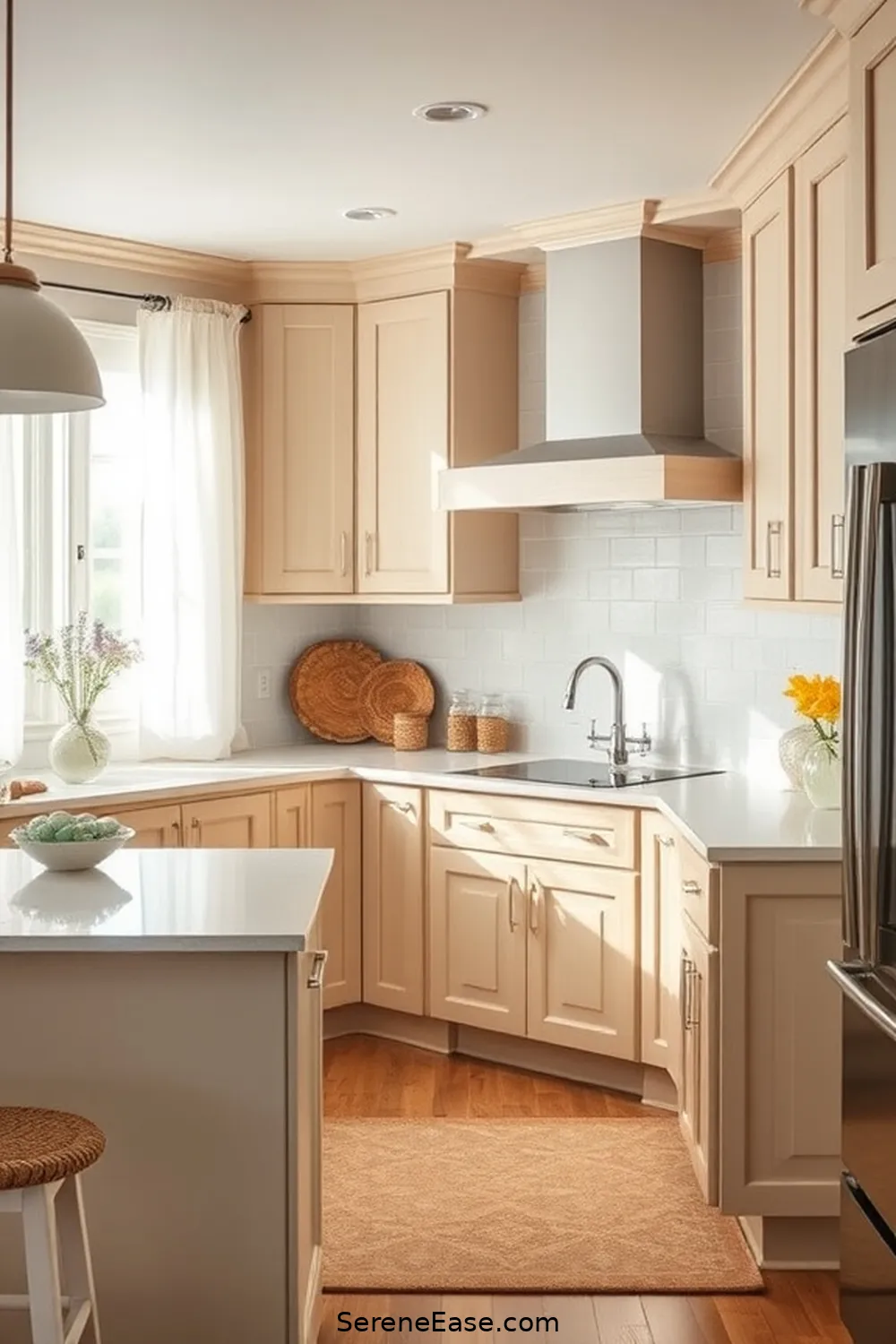
When I think about coastal kitchen aesthetics, I picture a serene blend of natural elements that evoke the beach’s calming vibes.
Imagine crisp white cabinetry that reflects the sunlight, paired with soft blue accents reminiscent of ocean waves. Textured materials like reclaimed wood and woven rattan add warmth and a touch of rustic charm.
I love how airy spaces invite in natural light, creating an open, welcoming atmosphere. Coastal kitchens often feature large windows, letting the outside in, while seashells and nautical decor subtly remind us of the shoreline.
It’s all about creating a tranquil escape that feels both fresh and inviting. By incorporating these elements, I can transform my kitchen into a coastal haven, perfect for cooking and gathering with friends.
The Power of Neutral Colors in Design
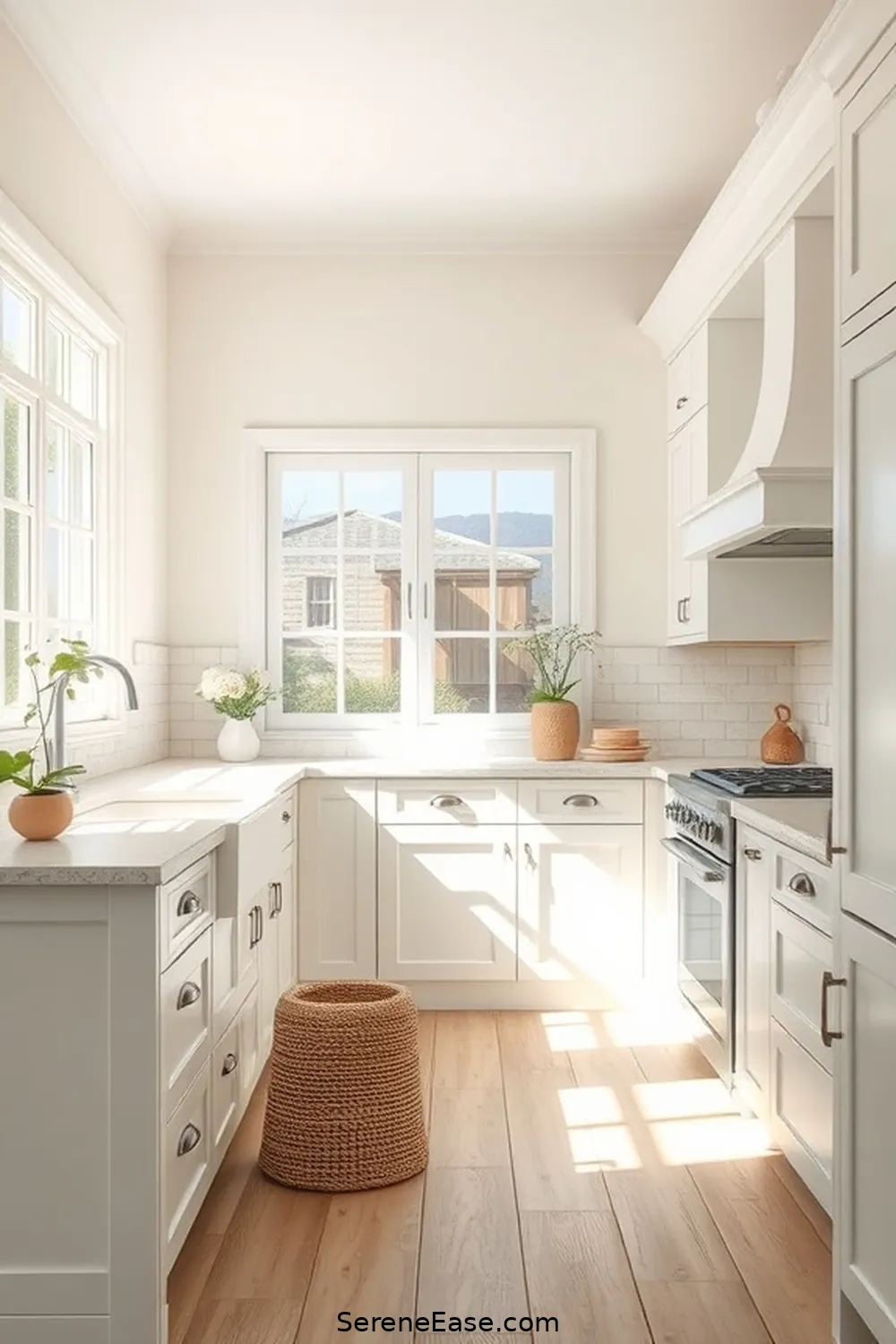
Neutral colors play an essential role in creating a harmonious coastal kitchen, enhancing the serene ambiance that defines this style.
When I think of neutral tones, I envision soft whites, warm beiges, and gentle grays that evoke the tranquility of sandy shores and calm waters. These colors serve as a perfect backdrop, allowing natural light to dance across surfaces, creating an inviting atmosphere.
I’ve found that incorporating neutral shades also helps to balance bolder accents—think seafoam greens or crisp navy blues—making them pop without overwhelming the space.
Choosing the Right Shades of Beige

How do you choose the perfect shade of beige for your coastal kitchen?
Choosing the right beige shade for your coastal kitchen balances warmth and light for an inviting atmosphere.
I find it’s all about balancing warmth and light to create that inviting, beachy feel. Here are some tips I’ve gathered:
- Warm Beige: Pairs beautifully with sandy textures.
- Cool Beige: Offers a rejuvenating vibe, reminiscent of driftwood.
- Creamy Beige: Brightens up the space, making it feel airy.
- Muted Beige: Adds depth without overwhelming the senses.
- Tinted Beige: Light hints of pink or green can evoke coastal sunsets.
Incorporating Soft Grays for Depth
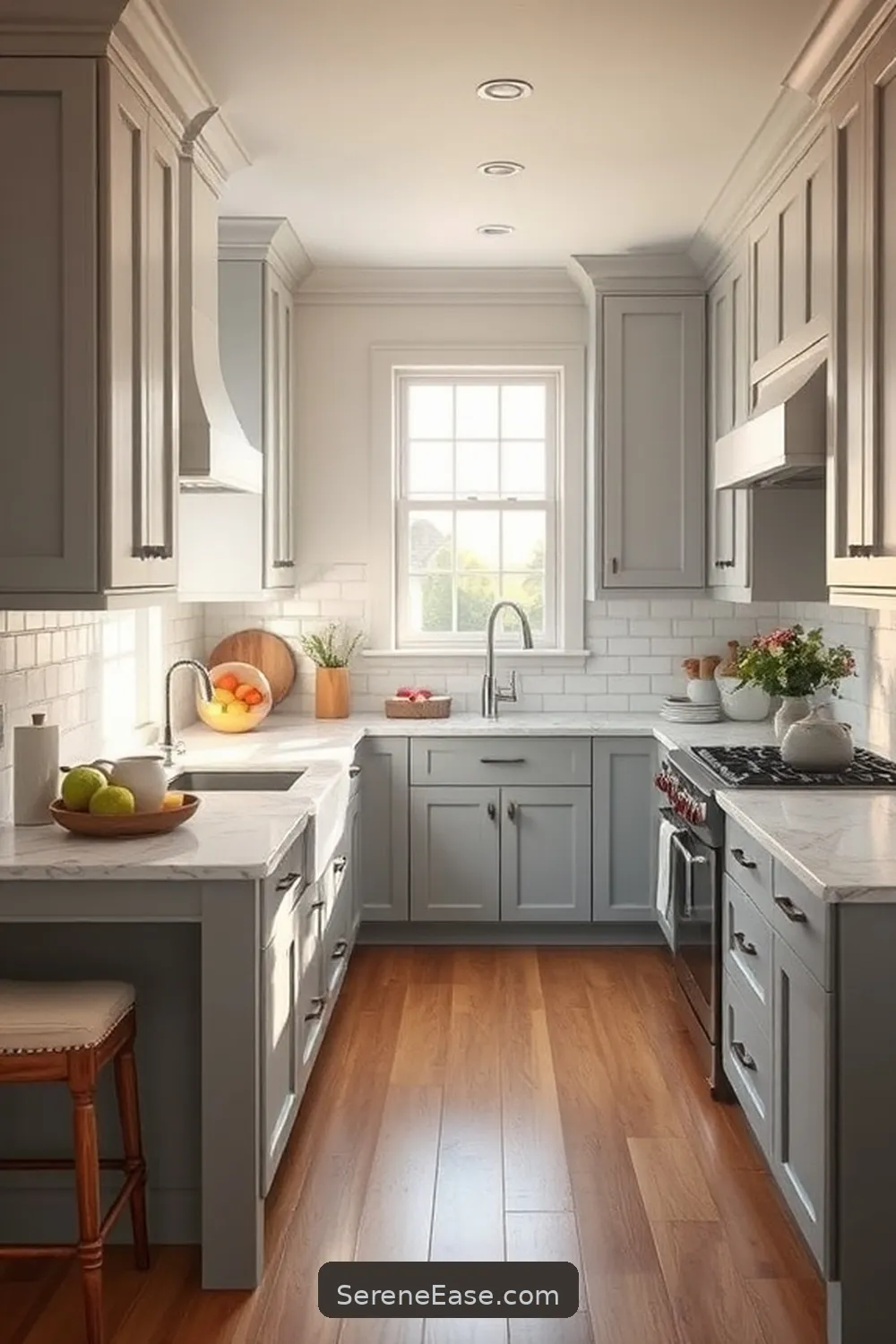
As I explore the beauty of coastal kitchens, I’ve found that incorporating soft grays can add a stunning layer of depth and sophistication.
These gentle hues evoke the soothing essence of stormy skies and misty seascapes, creating an inviting atmosphere. I love pairing soft grays with natural wood elements or crisp white cabinetry to achieve a balanced look.
Whether it’s a muted gray backsplash or a subtle gray island, these touches enhance the overall coastal feel. You might consider using textured fabrics—like linen or cotton—in soft gray for window treatments or cushions, adding warmth without overwhelming the space.
Embracing soft grays truly transforms a kitchen into a serene coastal retreat, inviting relaxation and style.
The Importance of Crisp Whites

Crisp whites can truly elevate the coastal kitchen aesthetic, and I can’t emphasize enough how crucial they’re in creating a fresh, airy vibe.
When I think of the perfect coastal kitchen, bright whites come to mind, illuminating the space and making it feel larger.
Here’s why incorporating crisp whites is essential:
- Enhances Natural Light: Reflects sunlight, brightening the entire room.
- Creates Contrast: Pairs beautifully with soft grays and other neutral tones.
- Timeless Appeal: Offers a classic look that never goes out of style.
- Invokes Freshness: Reminds me of sandy beaches and ocean waves.
- Versatile Backdrop: Allows for playful pops of color in decor.
Embracing crisp whites can transform your kitchen into a serene coastal retreat!
Textures That Complement Neutral Tones

While neutral tones form the foundation of a coastal kitchen, it’s the textures that truly bring the space to life. I love how combining various materials can create depth and warmth. Think about incorporating woven baskets, smooth ceramics, and rustic wood elements to add character. Here’s a quick guide on textures that complement neutral tones:
| Texture Type | Description | Best Use |
|---|---|---|
| Woven | Adds warmth and a natural feel | Storage and decor |
| Ceramic | Offers a sleek, polished look | Dishware and accents |
| Wood | Introduces rustic charm | Cabinets and countertops |
| Linen | Soft and breathable | Curtains and table linens |
| Stone | Provides earthy elegance | Backsplashes and flooring |
These textures create a harmonious blend that embodies the coastal vibe perfectly!
Recommended Items
Here are our recommended products and equipment to enhance your coastal kitchen style—feel free to explore!
Accents and Accessories to Enhance the Look

To truly elevate the serene atmosphere of a coastal kitchen, it’s essential to thoughtfully select accents and accessories that resonate with the neutral tones you’ve established.
Elevate your coastal kitchen by thoughtfully choosing accents that harmonize with your established neutral tones.
I love incorporating pieces that add a splash of personality while maintaining that tranquil vibe. Here are some ideas that really enhance the look:
- Soft, textured throw pillows in sandy beige or seafoam green.
- Glass jars or vases filled with seashells or driftwood for a beachy touch.
- Woven baskets for storage, adding warmth and organic texture.
- Artisan pottery in muted blues or whites to keep things visually interesting.
- Natural fiber rugs to ground the space and evoke coastal charm.
These accents create a harmonious balance, making the kitchen feel inviting and invigorating.
Task Overview: Coastal Kitchen Decor
Balancing Light and Space in Your Kitchen
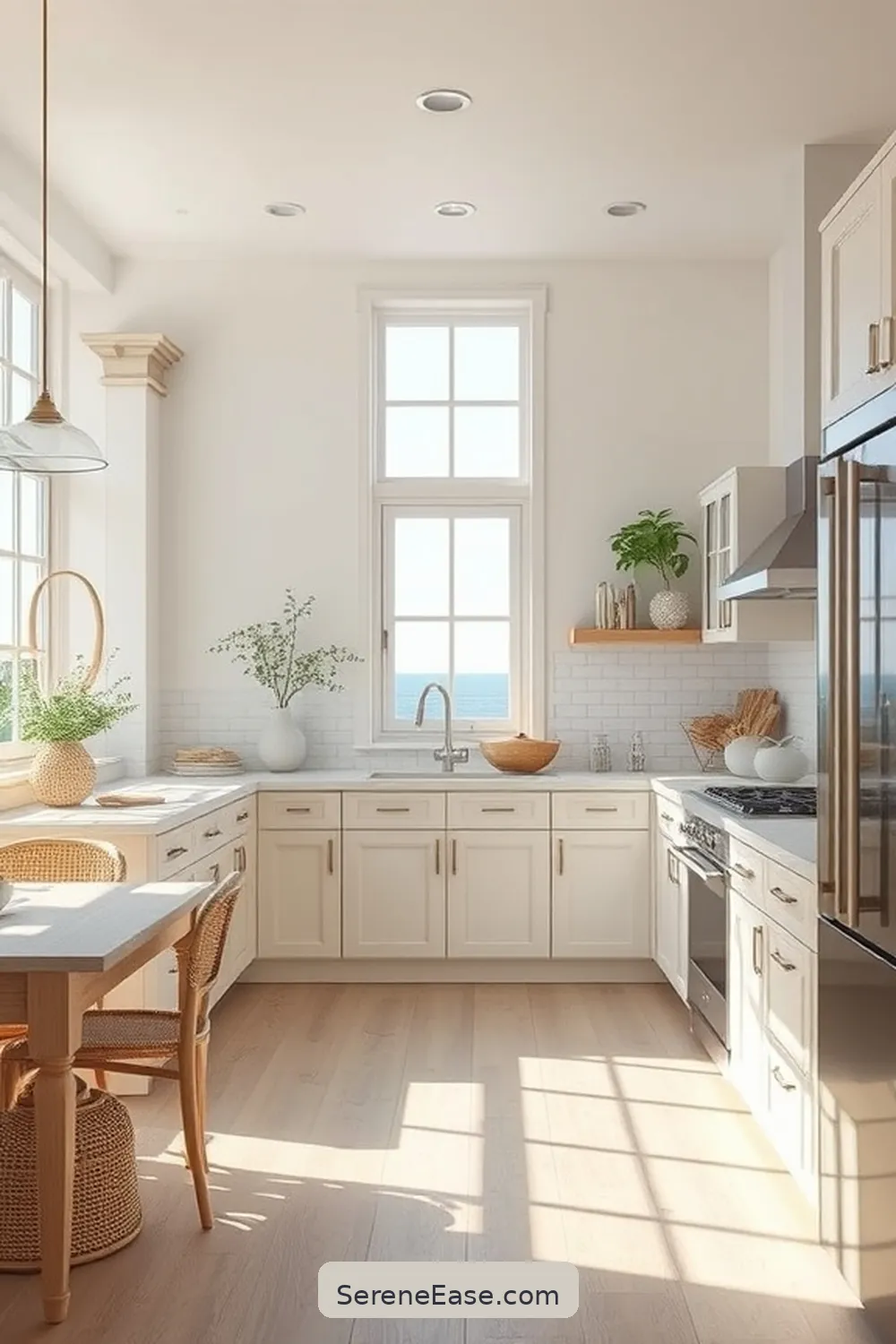
How can you create a sense of openness and brightness in your coastal kitchen? By balancing light and space, you can transform your kitchen into a serene oasis. Start by maximizing natural light; sheer curtains can diffuse sunlight beautifully. Opt for a light color palette—soft whites and sandy beiges create an airy feel.
Here’s a quick reference:
| Element | Effect | Tips |
|---|---|---|
| Windows | Maximize natural light | Use sheer or light-filtering fabrics |
| Colors | Enhance openness | Stick to whites, creams, and light blues |
| Layout | Improve flow | Keep pathways clear and open |
| Lighting | Brighten spaces | Incorporate pendant lights and recessed fixtures |
Tips for Maintaining a Cohesive Coastal Style

Creating an inviting coastal kitchen goes beyond just maximizing light and space; it’s about weaving a consistent design narrative throughout the room.
To maintain that cohesive coastal style, I’ve found a few strategies really help:
Embracing a cohesive coastal style involves thoughtful strategies that enhance the inviting atmosphere of your kitchen.
- Stick to a Color Palette: Use soft whites, sandy beiges, and seafoam greens to create a calming atmosphere.
- Incorporate Natural Materials: Wood, wicker, and stone add texture and warmth reminiscent of coastal living.
- Add Nautical Accents: Think of subtle decor like sea-themed artwork or driftwood pieces.
- Use Open Shelving: It not only creates lightness but also showcases beautiful dishware and decor.
- Layer Textures: Mix linens and soft fabrics to achieve a cozy, inviting feel.
These elements can truly elevate your coastal kitchen’s charm!

